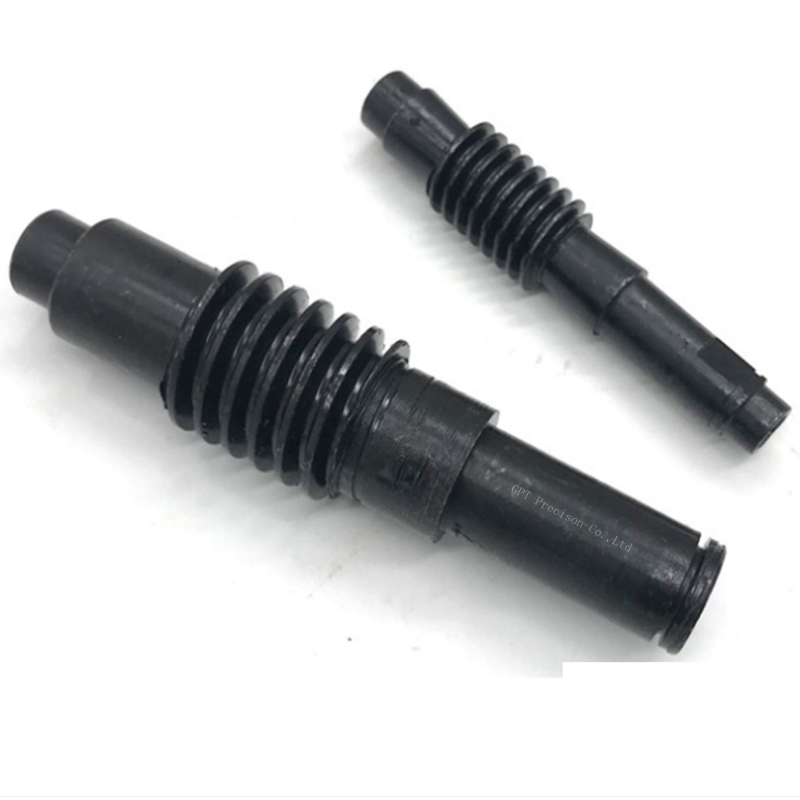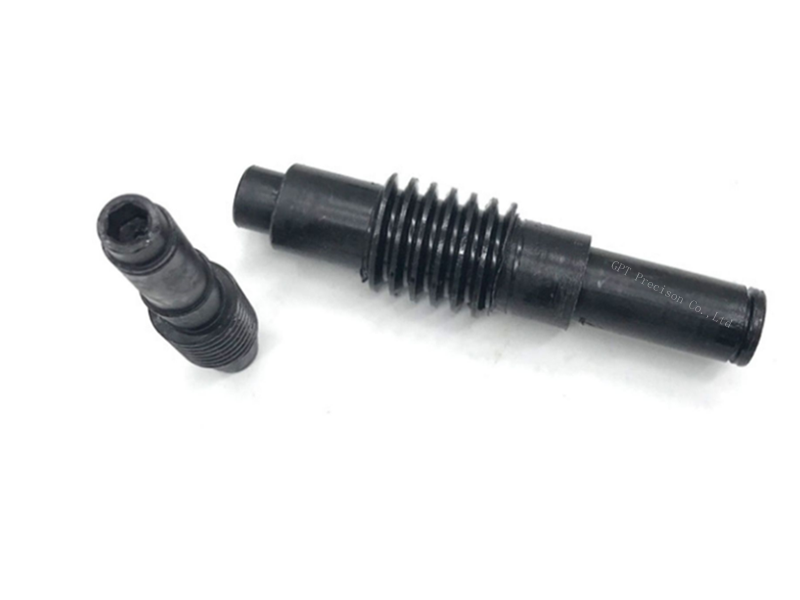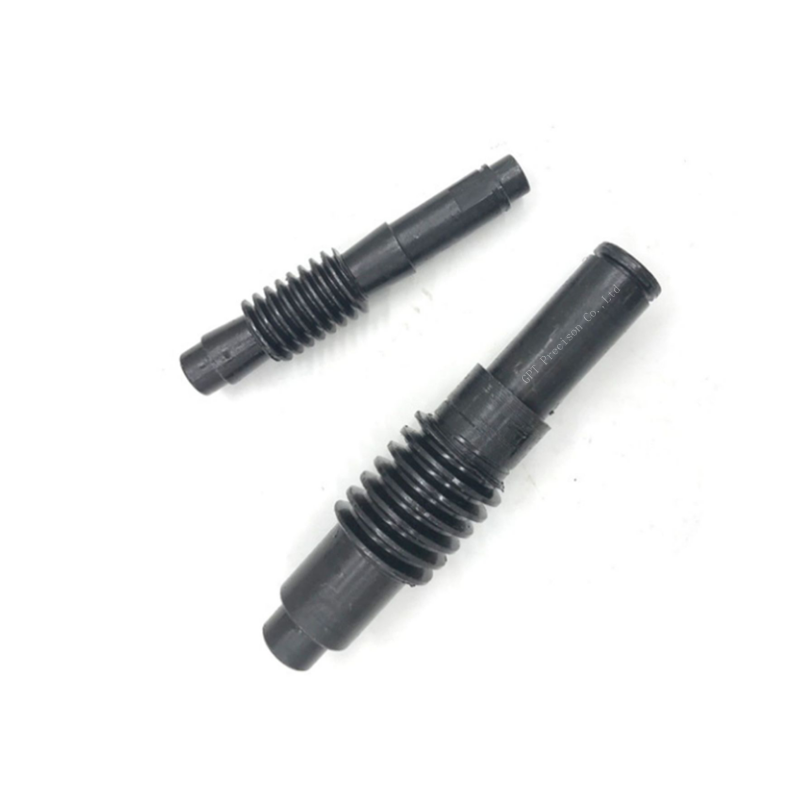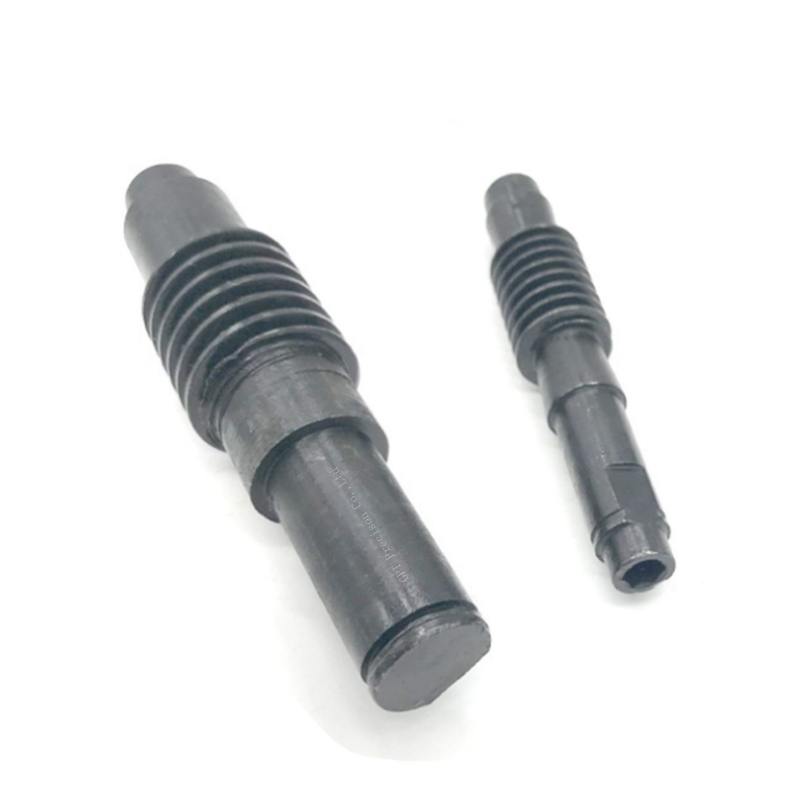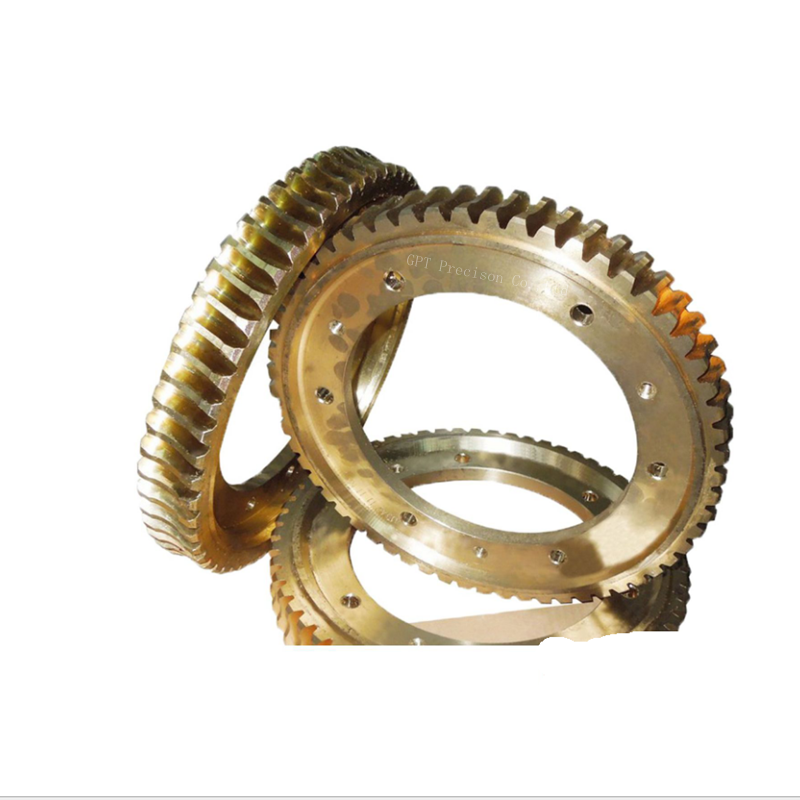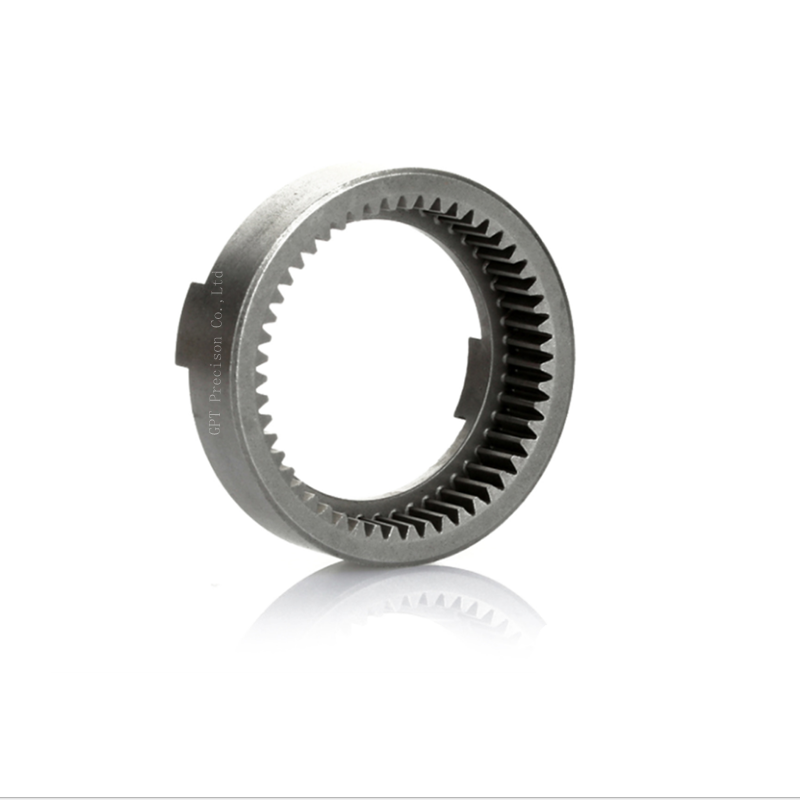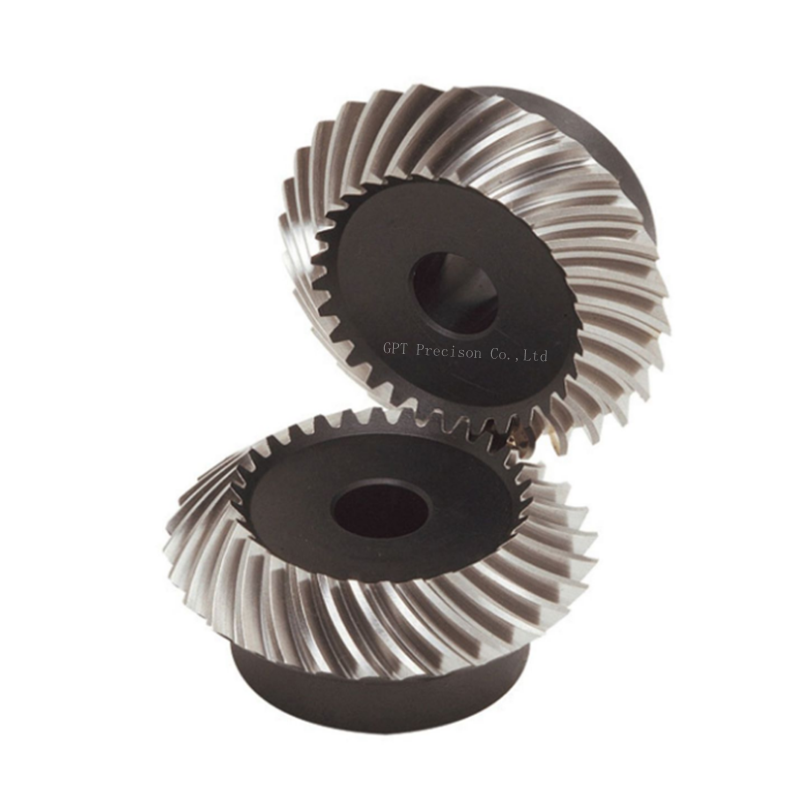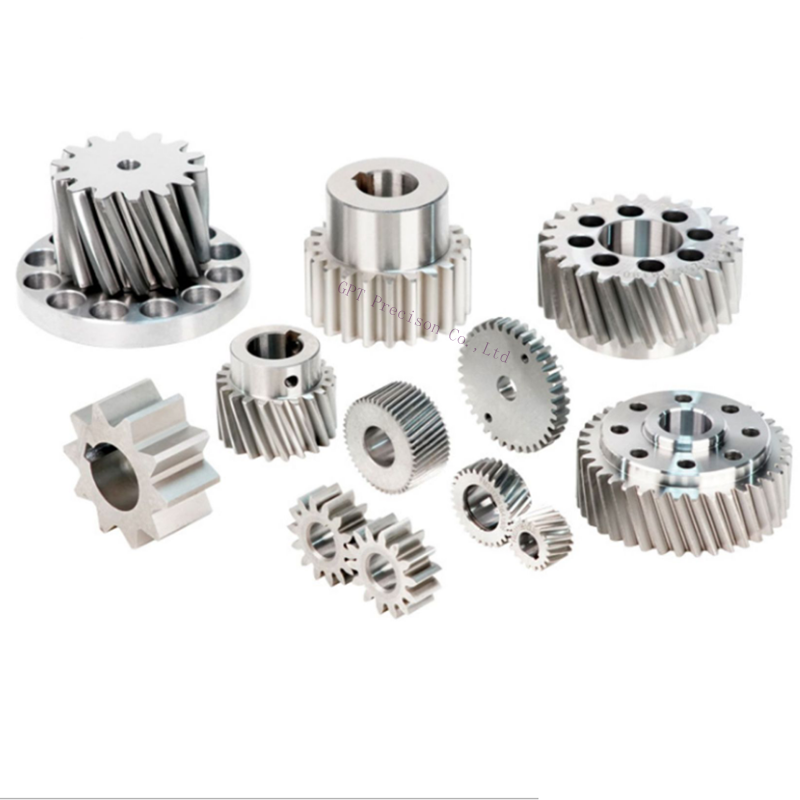Metal Stainless Steel Brass Titanium Gear Shaft
Customization: Free design(Min. Order: 5000 Pieces)
Shipping: Support Express · Sea freight · Land freight · Air freight
Standard or Nonstandard: Nonstandard
Product name: Custom CNC Machining Plastic Small Planetary Gear Set
Application: Machinery
Module:M1.25 M1.5 M2 M3
Color: Customers' Demands
Package: Customers Specific Requirement
Quality: High-level
Payment Term: T/T L/C Paypal
Sample: Available
- Specifications
Worm Gears Types
In worm gear assemblies, the axial pitch of the worm must be equal to the circular pitch of the larger gear, which is the first determination during assembly. Circular pitch is the distance between the teeth points on the pitch diameter, with axial pitch being the axial distance between the points of the teeth on the worm. The threads of the worm may be left handed or right handed.
The lead refers to the distance a point on a thread travels in revolution of the worm. The lead angle is the angle that is tangent to the thread helix on the pitch of the cylinder and the plane to the axis of the worm.
Non-Throat
Non-throat worm gears do not have a throat or groove machined around the worm or worm wheel and are helical gears with a straight worm. Tooth contact is at a single point on the moving drive and both gears are non-throated. Having a single rotating point means the gear has high wear and tear. Non-throated worm gears are designed to handle small loads and are easy to make.
Single Throated
A single throated worm gear has incurvate helical teeth designed around the worm for a contact line. This type of worm gear can withstand higher power without additional wear. In this type of worm gear, only one set of threads on the worm make contact with the worm wheel. Due to the fact that there is single contact, which produces significant friction, the worm has to be much harder and stronger than the wheel.
Double Throat
The difference between single throat worm gears and double throat types is their shape. Double throat worm gears are concave on the gear and worm screw. The teeth of the gear and the shape of the worm threads are designed to increase the contact between the wheel and worm.
Double throat worm gears are able to handle high loads. The design of the double throat provides the tightest connection between the worm and the gear.
Mounting
The precise mounting of a worm gear assembly is a critical part of its use. Several points of contact are required to avoid work loads over working the lead angle.
Keyway
With keyway mounting, one or more square cutouts are made in the bore of the gear. The keyway blocks shaft rotation and helps to transfer torque.
Set Screw
A hole for a set screw is drilled into the hub. The gear is attached by inserting and tightening a set screw.
Split
A split mounting is similar to a set screw mounting but requires the use of screws and a clamp. The type of clamp varies, but all have a hole that fits over the hub of the worm gear. The hub is split or notched such that when the clamp is placed over it and tightened then separated, spread pieces are squeezed together to secure the hub.
Worm Gearboxes
A gearbox is used to change the torque or output speed of a motor. A worm gearbox has the basic design of a worm with a threaded worm gear shaft and a wheel gear. As the worm gear rotates against the worm wheel, a load is rotated by the worm wheel.
Function of a Worm Gearbox
Threads
The number of threads, or starts, in a worm is the number of teeth. The speed of transmission is determined by dividing the number of teeth by the number of threads. The number of threads can be one, two, three, or more. With a one thread design, the worm gear advances one tooth. With a two thread design, the gear moves two teeth. For proper performance, the number of threads has to match the mating gear.
For extremely high helix angles, there is one thread. For smaller angles, there can be two, three, or more threads.
Single Start Thread
Double Start Thread
Triple Start Thread






